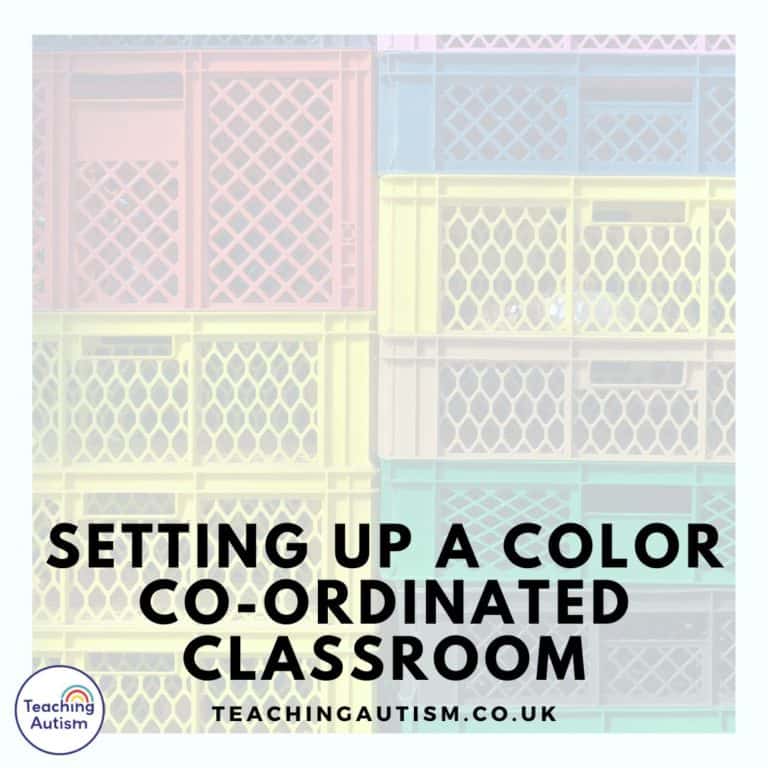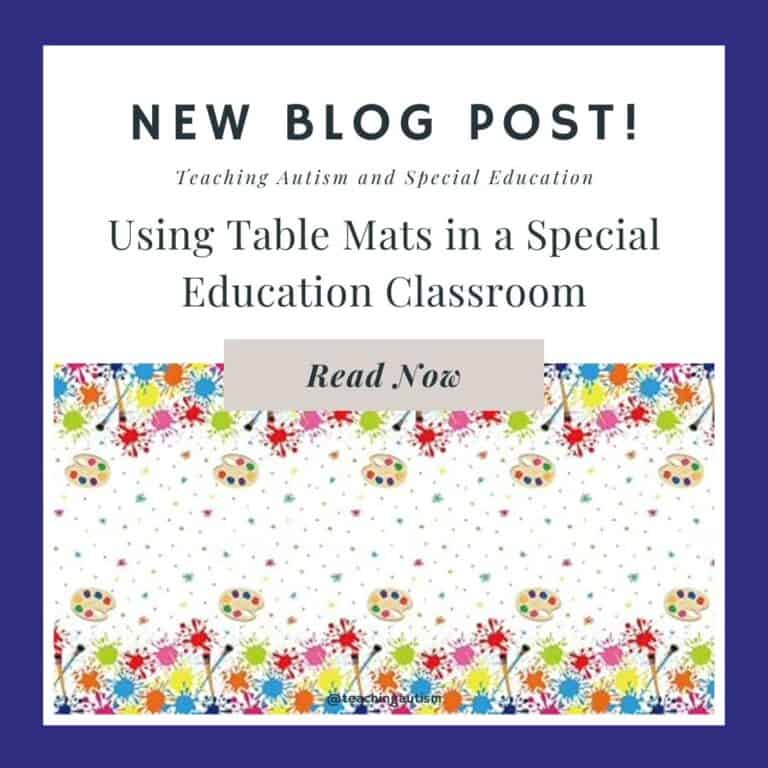How to Use Social Narratives
Social narratives have always been a huge part of my teaching. This isn’t to say they work with every student – but they do work with the majority of mine. And today I’m going to be sharing what and how to use social narratives with your students.
What are Social Narratives?
A social narrative is a visual and simplified story of a social situation or behaviour. The goal is for students to be able to understand the social context and develop a new social skill.
What Do They Look Like?
There are a range of ways that you can make social narratives to look.
For us, personally, we use them as a book format.

What’s In a Social Narrative?
Anyone can create a social narrative. Just keep in mind that you want this to be able to help your students understand the social context of a skill and be able to develop it.
You can include the following parts;
- Describe the situation / behaviour.
- How might someone feel in this situation? Or think? How might they act? Or would they say something?
- You can also talk about how it may make others around them feel – their friends, peers, teachers, family members.
- Talk about what is a good way for them to react to this particular situation or behaviour.
If you don’t feel ready to write your own, you can check out our huge range of social stories below;
- Social Narratives – TpT
- Custom Social Narrative on TpT
- Social Narratives – This Website
- Custom Social Narrative on This Website
- VIP Membership – Social Stories Added Monthly
How to use Social Narratives
- When working on new social skills.
- To help students understand appropriate responses to situations/behaviours.
- Understanding and working on behaviours.
- Read together on a regular basis.
- Use in the lead up to an event or something that may trigger a behaviour or concern.
- In preparation for a new situation/event.
- To help students understand steps of a situation that may be new to them or something that may make them feel anxious. E.g. Going to the dentist.
Do you use social narratives with your students? Let us know below how you have found using them with your students. If you found this blog post helpful, please consider sharing it with your friends and colleagues on social media.









One Comment